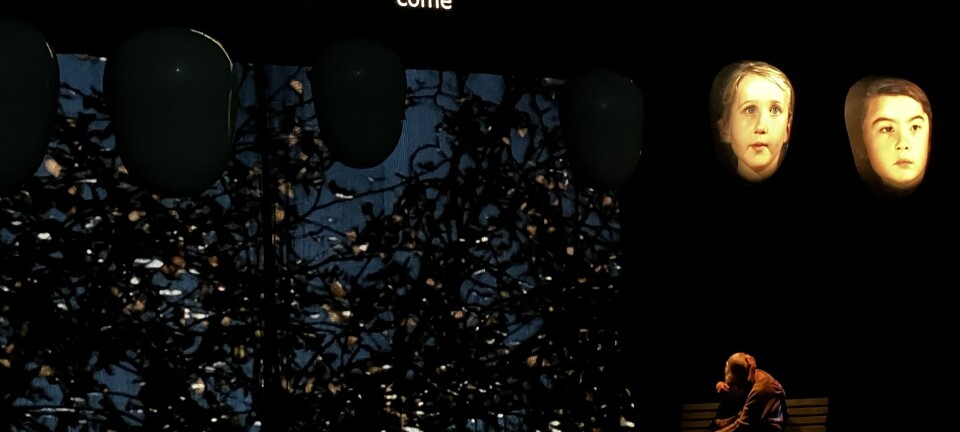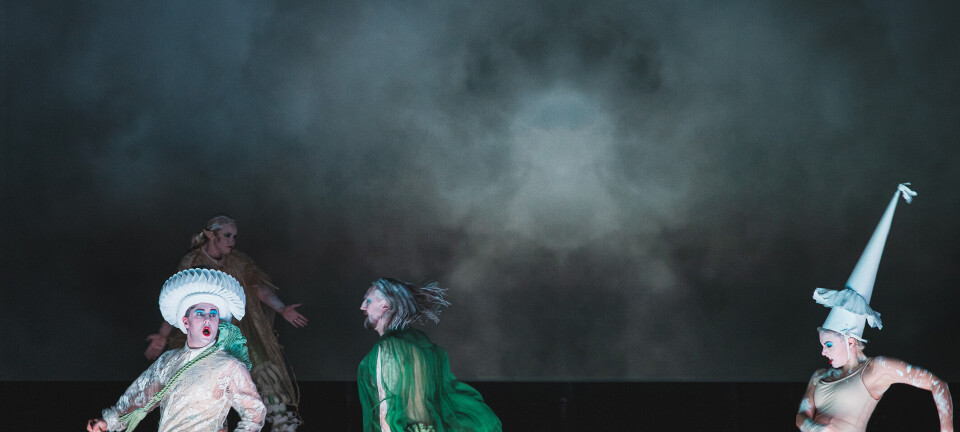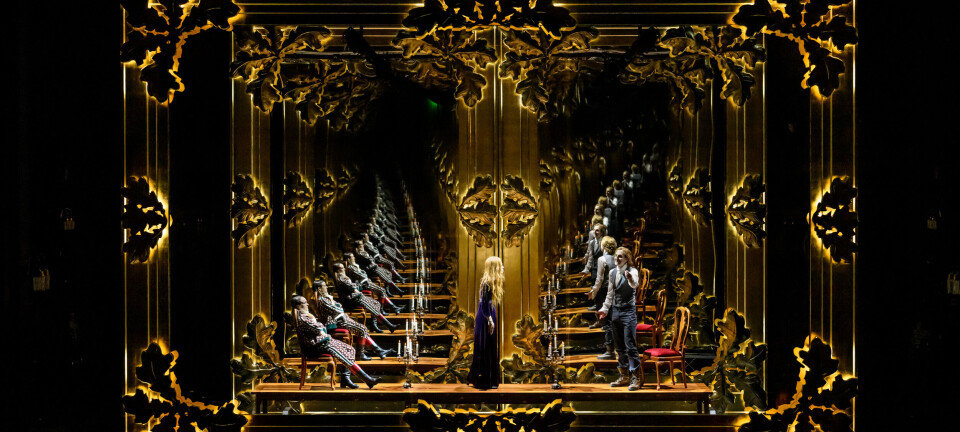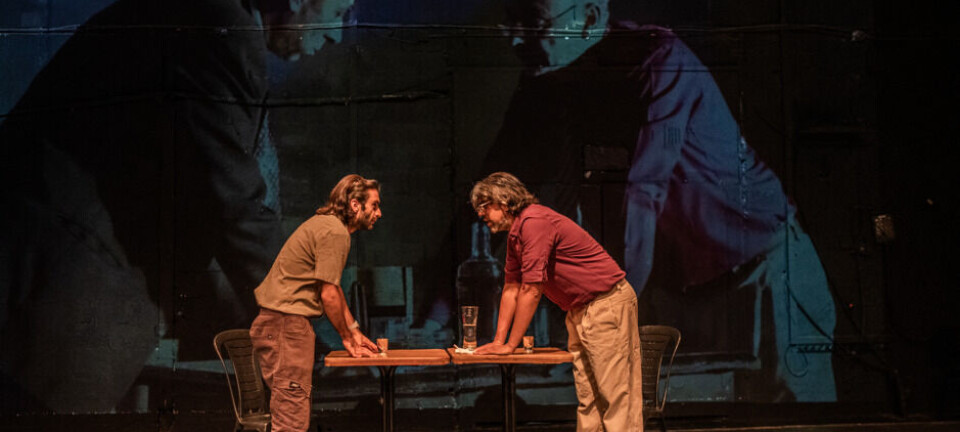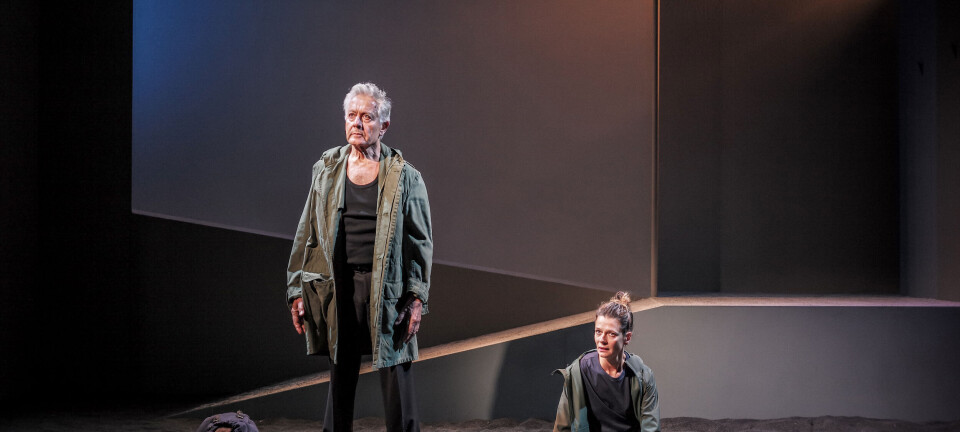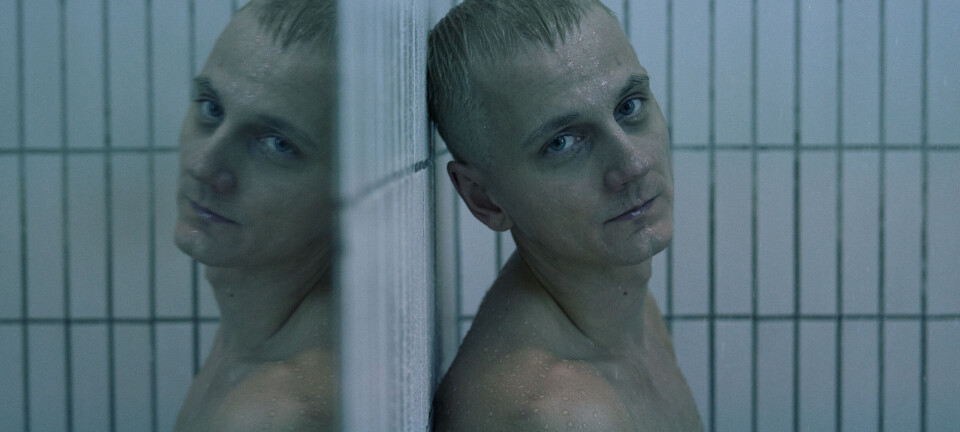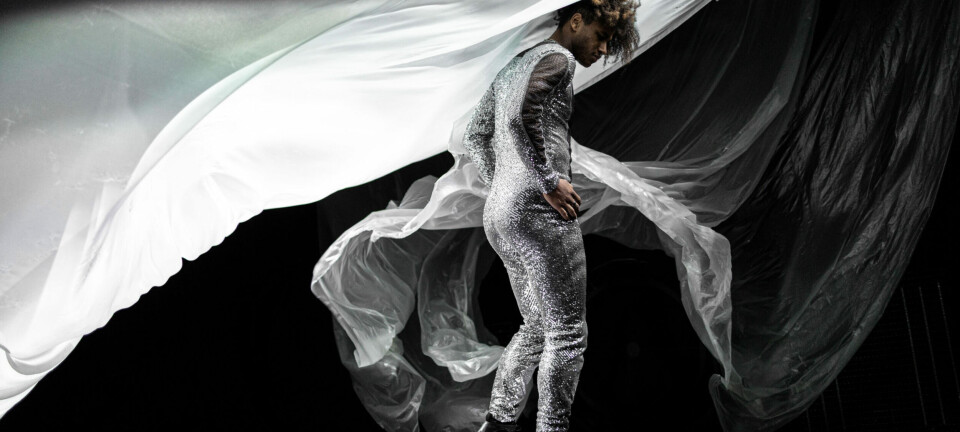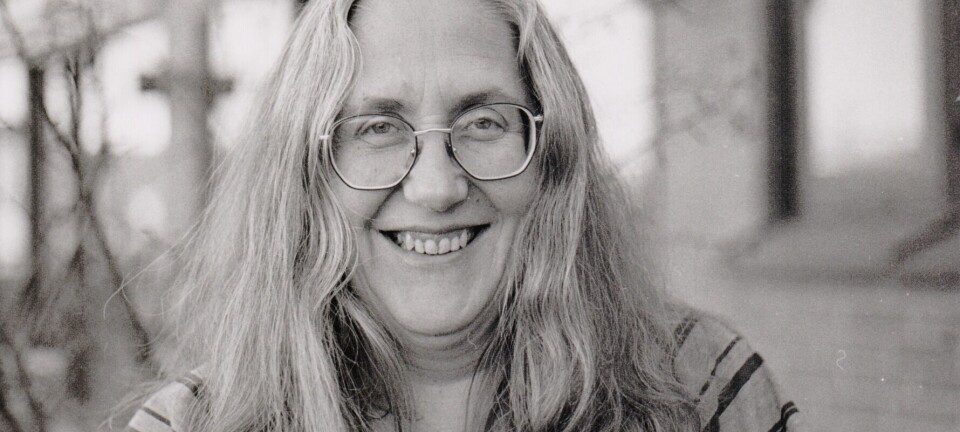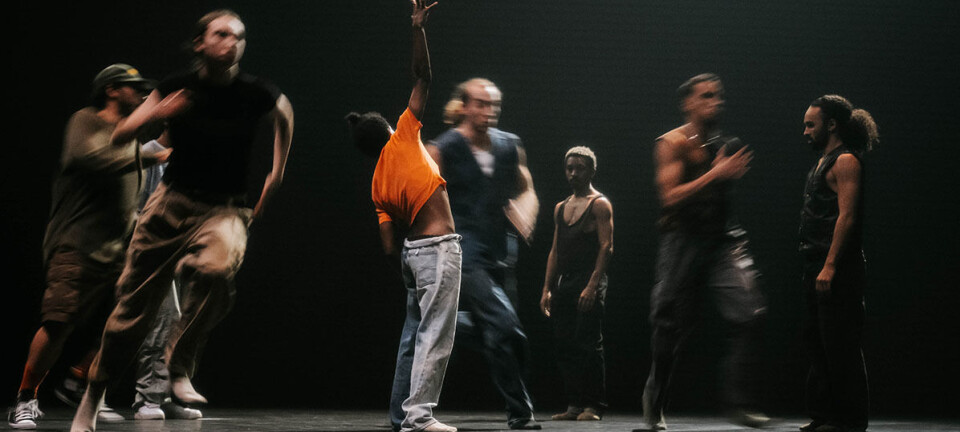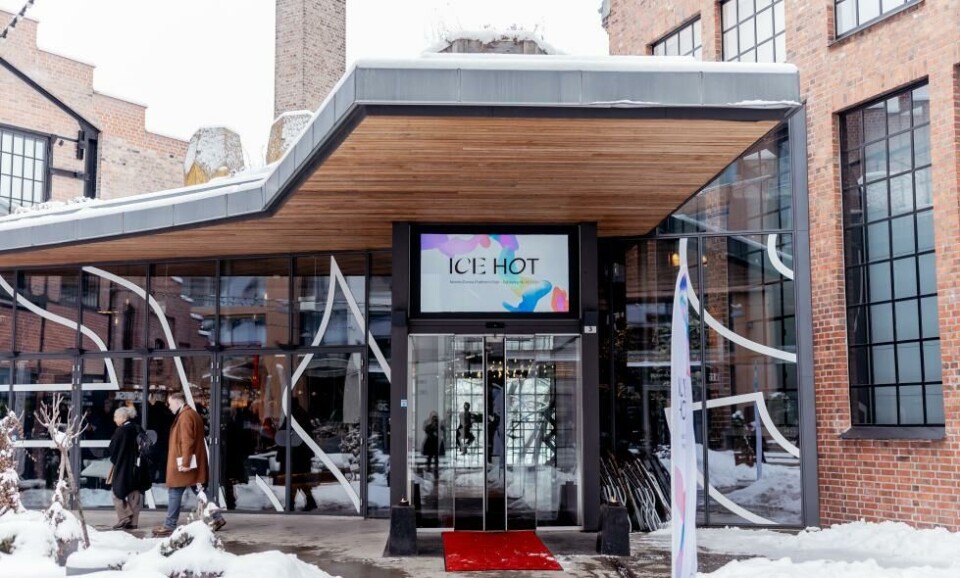
ICE WET + Ice Hot – dance-meets-market conundrum continued
A bi-yearly closed event where the lucky few get to share their work with an international crowd of professionals, Ice Hot continues to stir up mixed feelings about art and market. Is there an experience to be had beyond this returning conundrum? And instead see the subtle and exciting cracking and highjacking of the premise of this non-festival? I tried.
Two years ago, Richard Borgström and Rebecca Chentinell wrote in Norsk Shakespearetidsskrift a critical analysis of the Ice Hot Nordic Platform in
Helsinki. In «Marked or Forum for Post Nordic Dance?», they raised important questions about the function and purpose of the platform in the light of the climate crisis and the ongoing sociocultural changes in society. Especially the market-driven logic behind the event, with programmers and institutions on one side and artists on the other, made them contemplate issues of power, transparency and sustainability. Their words were swimming around in my mind as I made my way to the 7th edition of Ice Hot, which this year took place in Oslo. I was excited to experience it for myself, and to enjoy the inherent paradoxes that come with trying to survive as dance artists and as a field altogether.
Wet
My journey into all this fun and madness actually started a few days earlier, during ICE WET in Bergen, a satellite festival preceding the real thing, and which, to my surprise, few people knew about. The organisers of ICE WET, BIT teatergarasjen, Carte Blanche and Bergen Dansesenter, must have thought that if programmers were coming from all of the world to Norway anyway, they might as well see some contemporary dance in the west of Norway and enjoy a stunning train ride through the snowy mountain before arriving at the mega event in the capital. Longer stay, slower travel: sustainability – check.
ICE WET, with its capital letters and small scale vibe, hosted a four day long program focussing on sharing rather than showcasing. Full disclosure: I was one of the participating performers, presenting a fragment of Fra Form Til Fåmling by Solveig Styve Holte in Bergen Dansesenter, bringing a snippet of a four hour long museum choreography back to the studio. In a low-tech and informal setting, the festival presented more than 20 artists, with work in all different stages of development, treating them with equal importance. Even though ICE WET was a professional event, it felt open, collegial and supportive.
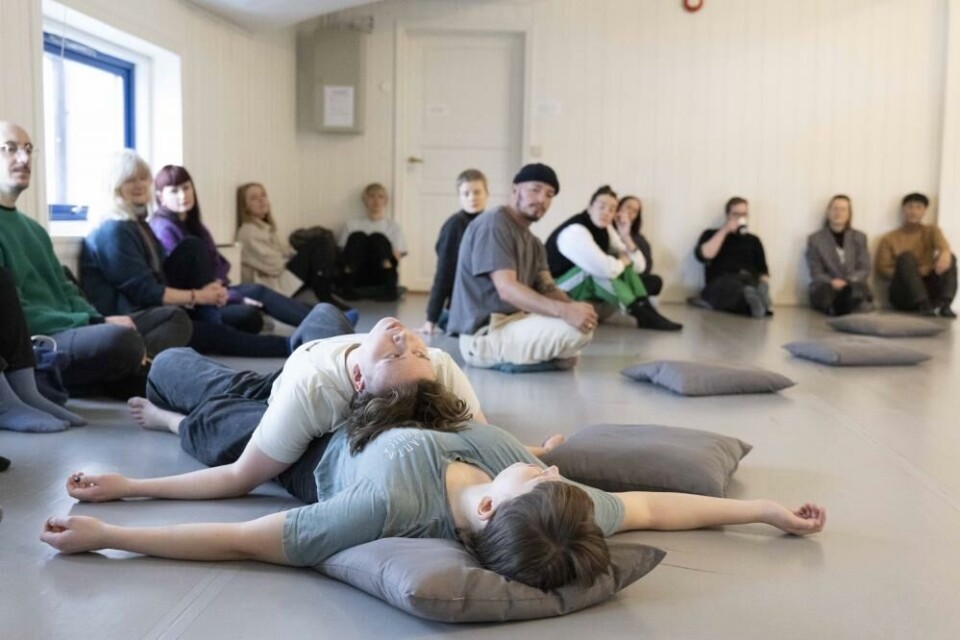
After hopping from the train straight into the Laugaren sauna with other participants, I went to see the evening’s presentations. There was Daniel Mariblanca introducing several works by 71BODIES, a transgender inclusive performance company based in Bergen. They were followed by Mirte Bogaert sharing, after only two weeks of residency, a project that researched the Western male gaze through the lens of the Japanese Edo period as well as contemporary strip clubs. Then an expert duet by Lisa Colette Bysheim & Katerine Patry which also worked with the male gaze but approached it from an interest in humour and repetition.
After only one evening, I began to sense the impossibility of the task I had set for myself. How do I review an event like this? I was only asked to write about Ice Hot, but then ICE WET came along and I thought: I’ll just write about everything. Or at least how the two festivals relate. But I also wanted to write about the performances, which I knew would be hard, as there’s just too much to see, not to mention write about.
When you cannot do everything, you have to choose. But choosing in this context, where the act of choosing – being selected, being chosen – felt a little too close for comfort. Close were of course also the many participating artists I had either worked with or knew otherwise. Because guess what, I too am part of the Nordic dance ecology!
Passing as Nordic
During ICE WET and Ice Hot, there was a lot of talk about the ‘ecology’ and ‘ecosystem’ in Nordic dance. But who and what counts as Nordic? It is a question that both puzzles and fascinates me. ICE WET is centred around artists with a link to the Bergen region and West-Norway. Ice Hot is about passing as Nordic. At the same time, based on the backgrounds of the artists present in both festivals, the complexity of what constitutes a Nordic identity clearly revealed itself – We hear the cracking of the label and it’s reassuring. Looking at the artists involved in the program, many were not born on Nordic ground, some had roots in the Global South or didn’t have a Nordic passport. Some didn’t even live in one of the presenting countries. That also Sámi and Greenlandic artists are added to this identity matrix shows more of what the Nordic dance legacy is today and the colonial past it carries with it. I tried to think about what belonging means, and how people can belong in different ways in different places, and how Nordic dance, in turn, can and should belong to many.
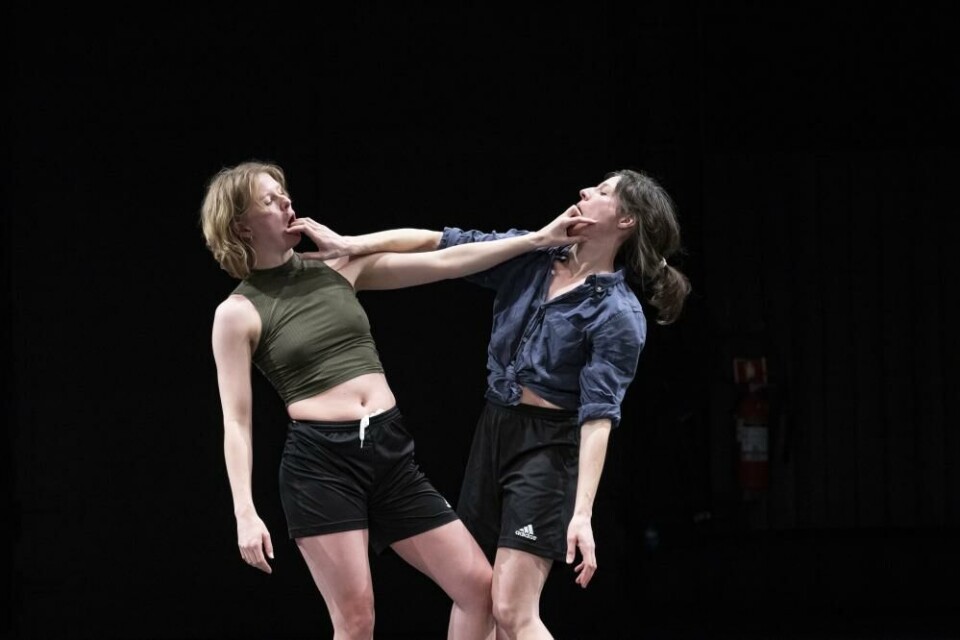
I was only at ICE WET for two days, but it was exciting to be part of this rare meeting between the local dance community and their international guests. It was special to listen to some of the feedback given by international programmers. One of them said they noticed in several of the proposals an «openness», a kind of «honesty towards one’s feelings» and pointed out how that was different from where they came from, which was New York City. Even though such comments to some might only reinforce clichées about the nature-loving, state-funding-up-the-wazoo softie people of the North, I must agree that there was something warmly generous about the way the Bergen dance community invited people in and made us see the importance of local supporting structures such as Bergen Dansesenter.
In that sense, it’s easy to think of ICE WET as «best practice», embodying many of the ideas around locality and sustainability proposed by Borgström and Chentinell in their article. To begin with, an affordable festival pass (NOK 240) gave the local dance community, as well as anyone interested in joining it for a few days, full access to the event. Because of this, the audience at ICE WET was more mixed – the 25 international programmers were not the constant focus of everyone’s attention – and common hierarchies between artists and programmers were less dominant. Then again, these are maybe typical underdog advantages. Smaller scale, more room to manoeuvre, more room to be cosy and friendly.
Hot
Arriving at Ice Hot, the dismantling of Nordic dance as a homogenous concept continued, while the formality increased. Despite my above-mentioned
sensitivity around nationality, I caught myself falling into the trap and rooting for my local colleagues as if they were a football team. My personal «favourite», as a programmer might say, was Batty Bwoy by Norwegian Harald Beharie, an intense somatic exploration of the queer body as an object of desire, disgust and resistance. This solo, already praised and prize-awarded by the Norwegians, worked in my opinion especially well with an exclusively professional audience – the pro-gaze. When Beharie opens the door towards the street side and walks out bare naked on the snowy streets, one programmer actually follows him. We all watch the programmer who eventually gives us a sign with their hands waving: it’s done, the show is over.
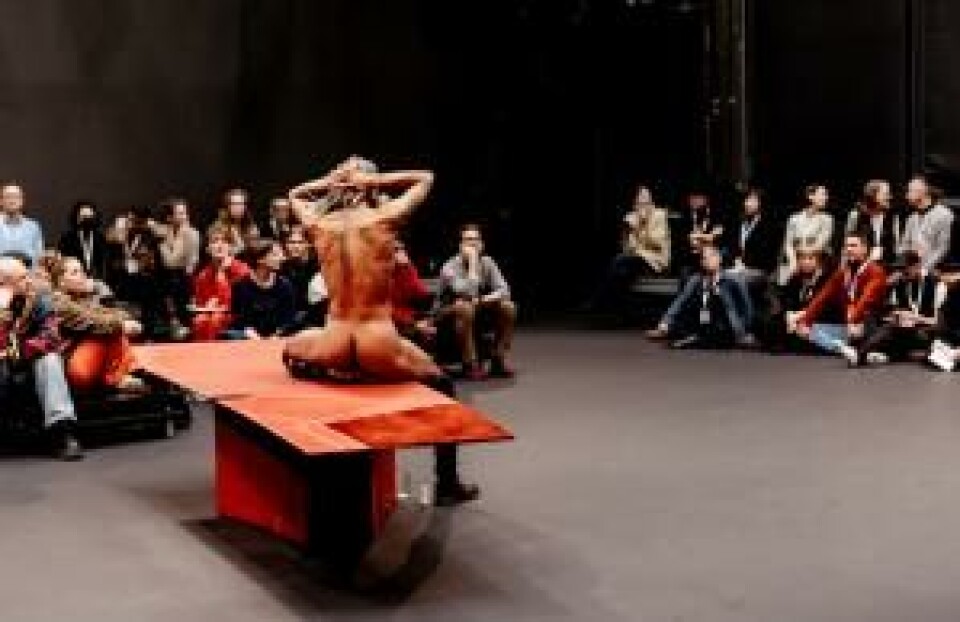
To continue with more Norwegian praise, it has to be said: the organising of the event was impeccable. More than 300 programmers, producers, artistic directors, and other people of categories yet to be named, were transported over four days between the opera, Black Box teater, Dansens Hus/Vega and Rikscenen, as well as Bærum Kulturhus – not exactly next door.
Walking and bussing, back and forth, between 21 full-lenght performances, 18 so-called «More More More» pitches, six seminars and a bunch of additional social events, such as early morning sauna and yoga. If you stay on schedule and my calculation is correct, you could see up to seven performances in one single day and that does not even include the morning pitches and all the other activities. The density of the program is mind-blowing, creating an intensity that might resemble your average dance festival but is really nothing like it.
I can see that this maximisation mirrors a liberal market. At the same time, you could argue that centralising the Nordic dance circuit for a condensed moment in time is a form of sustainability in itself. Just saying. How you relate to the Ice Hot event is entirely based on where you stand in the dance hierarchy. But once you are «in» (and I am only in here because I said I would write about it) it is kind of wonderful, exhaustingly wonderful, even – to watch so much dance, to meet so many artists, to see so many people caring about dance, all at once.
The exclusion of the wider ecosystem of Nordic dance and the lack of transparency around the selection procedure is something that Borgström and Chentinell also express concern about in their 2022 critique. During this edition of Ice Hot, I picked up similar sentiments. From the 450 artists applying to an open call, only 8% were selected, meaning that hundreds of art projects and artists were out of the boat. And as with all selection processes, being told you didn’t make the cut is not fun. On the application, artists had to choose between either coming to pitch or to perform their work; a decision which was described to me as «taking a risk». Then again, I later heard that some artists who had ticked off the «perform» box and were not selected, were nevertheless invited to pitch. Some of the work being pitched was also already being co-produced by directors who were part of Ice Hot’s jury (and who, during the pitching of said work, asked «interested» questions from the audience) as well as the institutions that helped fund it. Just to say that all this was also travelling around in the «ecosystem», imbuing even words like «open» with still more openness. Open was also the question of whether pitching work generated more attention and interest than presenting a full-length performance, as some people claimed.

Hips don’t lie, PALESTINE, darkness
One of the main critiques of Ice Hot is that it commodifies art, turning artists into sales people. But what’s wrong with wanting to get your art out there? I loved watching the pitches. They were streamed online but unfortunately only accessible for participants. And the style that people, mostly female speakers chose, ran the gamut, from sales pitches and artist talks, to political statements, comedy show, poetry reading and singing – it was all there, turning a 20 minute proposal into a small performance that often both informed and seduced. Selling a promise, a potential, a story: art can be terrifyingly good at those things. Siri Jøntvedt talked about her hip replacement solo-project before suddenly, and not without some vulnerability, breaking into song, giving her rendition of «Hips don’t lie»by Shakira. Alma Söderberg kept a silent polyrhythm going with her hands touching only air, while simultaneously talking about her work and her interest in craft. Marie Kaae’s soft spoken presentation, where she spoke about her project in relation to authentic House Dance, ending with a touching poem about beauty standards. Zoë Poluch, in cowboy hat and football T-shirt with the word PALESTINE on it, presented a group project and talked about dreaming of futuristic postcolonial aesthetics and exploring the «perverse Indigenous-settler relational bind «between the performers involved. Mia Habib spoke about darkness and her Jewish roots, saying she «did not feel like talking here today». She pointed towards a future of impossible conversations and said that we, as artists and institutions, need to prepare ourselves for such conversations and that our task is to create spaces for them, spaces that can include the pain of the other.
What’s new?
It should also be noted that Ice Hot has taken notice of previous critiques. In 2022, Borgström and Chentinell wrote that selected artists were not sufficiently paid. According to the participating artists I spoke with, everyone received a fee of 8000 NOK regardless of whether they pitched or performed, and no-one seemed to feel this was insufficient. Before the festival kicked off, pitchers got one-on-one coaching and collective feedback sessions were organised for everyone, which many said felt collegial and supportive. Presenting artists participated in workshops with tips on how to approach programmers and getting your work out there. A list with contact information of all the attending professionals was also made available, a gesture which apparently is a no-go at similar platforms abroad.
Ice Hot seminars addressed urgent topics such as accessibility, climate, community, working in the periphery and reimagining touring, and were open to the general public. You could argue that such conversations in a forum like this become window dressing, but their presence felt meaningful and I found myself wishing they had been recorded as well. Furthermore, some of the non-Norwegian artists gave budget-friendly workshops at PRODA for people from the professional dance community. And then finally, a small but noticeable technical improvement was a new «dynamic app». Producers and organisers were given booking priority before the start of Ice Hot, but during the event anyone involved in the event could use the app to book and unbook, making it much easier for selected artists to see the work of other artists as well. Even dance colleagues who were not involved in Ice Hot, appeared to be able to get into shows quite easily.
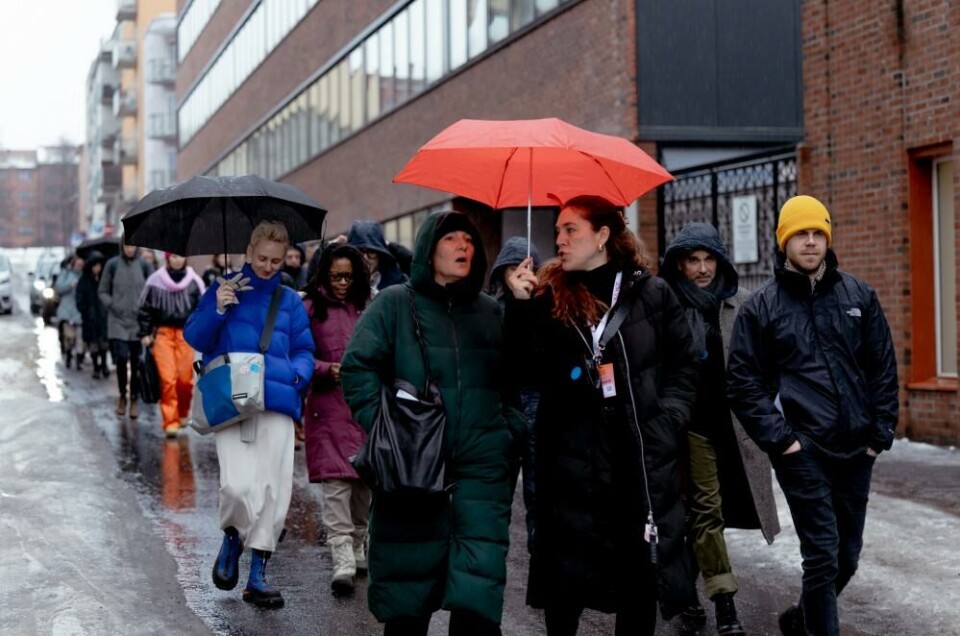
Are you in or are you out?
Rejected artists received a letter where the guidelines and criteria of the selection process were explained to them. The letter spoke about sustainability, eligibility, quality and representation, and then went on to present a long list of criteria, such as «variety of expressions, cultural background, gender, age/generations, young upcoming artists as well as more established artists, scale of productions, variable target groups, representing Arctic region and periphery.» Last but not least, the full program was said to have as its mission to represent the whole Nordic contemporary dance scene. An ambitious and probably impossible task if you ask me. However, based on what I saw during Ice Hot, I will say that even absent in any apparent overarching artistic vision, the jury did mostly live up to the standard it had set for itself, offering almost an à la carte menu from which a programmer could choose. Leafing through the program and reading the descriptions of each work, I begin to notice patterns. I imagine explaining Nordic dance to a creature from outer space. How long would it take me to make them understand words like «reappropriation», «myth», «community», «decolonialism», «play», «digital reality», «feminist lens», «ageism», «popular culture», «club culture», and «other than human»? I would definitely say that «nature», in all its forms and meanings, is one of the most heavily investigated concepts in Nordic dance, and that the word «landscape» might, because of this, be somewhat over used. And also that for some reason non-male artists are more likely to make duets and share authorship. And yes, somewhere in all of these words, I would concede that I too am part of the Nordic dance field and that even though I have no passport pointing up north, I do feel represented at Ice Hot, meaning that my own interests in dance and choreography are present in the program, even if it is only in a tiny fragment of what the festival had on offer.
(Published 02.03.2024. Updated 23.33)
Reference:
https://shakespearetidsskrift.no/2024/03/marknadsliberal-kulturpolitik-i-ett-postnordiskt-tillstand

